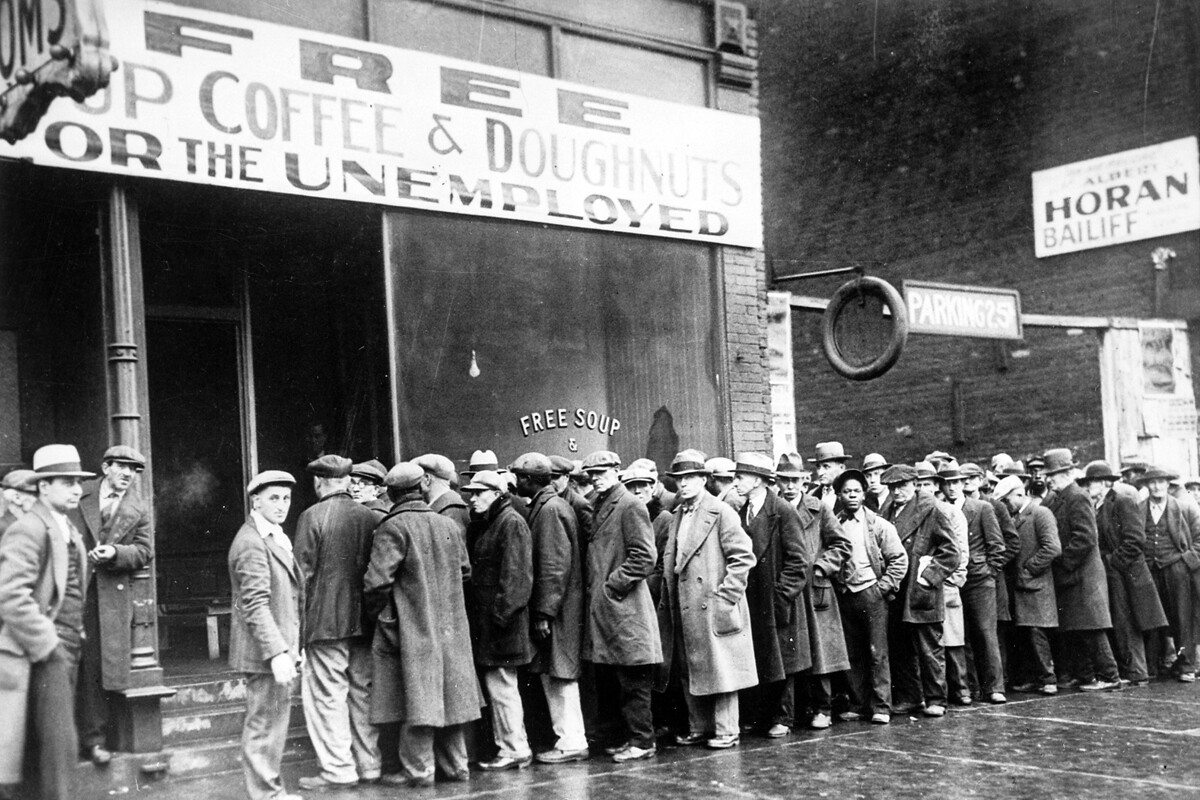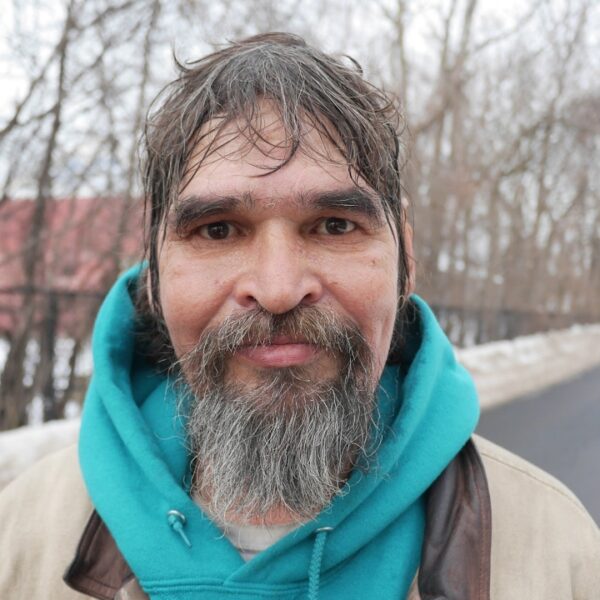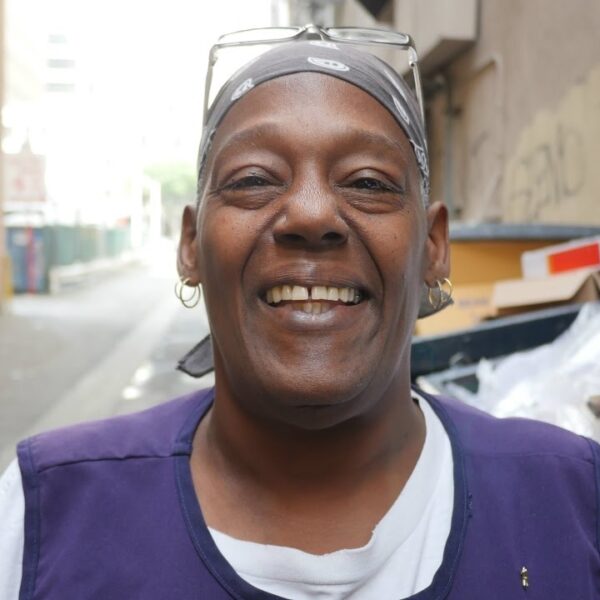“In the 1930s, a massive program to help the poor, to help the middle-class survive and grow, have jobs and incomes, keep their homes, all of it was done by the President, was paid for by the corporations and the rich… The lesson here? The politician who does for the mass of people more than any other president is also the most popular president this country had.”
Professor Richard D. Wolf
Anywhere, USA
Winter is frigid. Millions of Americans shuffle along sidewalks with no place to go – no job by which to clock in, no home by which to find shelter, no money by which to partake in the spoils of life. The wealthy grow their fortunes at the expense of the poor. The poor represent tens of millions of American citizens.
Such describes two different but similar tragedies: The Great Depression and the COVID Pandemic. Both have broken the economy, but one of these scenarios brought triumph out of trial. The other brought nothing but chaos and disconnect. You might have already guessed which scenario applies to our current situation. It’s the disconnected scenario, the one where the American people lay it all on the line and their demands are met by little more than a deafening silence so willful it’s impossible to ignore.
Here’s a look at why the new economic nosedive is different from The Great Depression- in a bad way.
Renowned economist Professor Richard D. Wolf began a riveting interview with Islamic commentator Mohammed Hijab by detailing the stark differences between the Great Depression Era politics and those of today.
While the rest of the podcast is equally deserving of attention, we wanted to use this interview as a blueprint to illustrate the fact that new American poverty is different from what we saw in the Great Depression due to the fact that real, lasting safety nets are not being created this time around. It’s important that we as a nation look to the past, not just to avoid previous pitfalls, but also, to mimic great achievements.
The Collapse of Capitalism in the Great Depression Era Gave Way to the “Greatest Union Organization in American History”
The flaws of America’s brand of capitalism are often more visible in times of turbulence. During the Great Depression, 30-40 million people organized themselves into the New Deal Coalition. In full support of their demonstration, President Franklin Roosevelt introduced:
- The National Industrial Recovery Act
- 1935 National Labor Relations Act
Unions thrived and the end result was:
- Better hours
- Higher salaries
- Safer work conditions
Meanwhile, the Collapse of Capitalism in the 2008 Depression Gave Way to the $700 Billion Big Bank Bailout
When the American people cried for help during the George W. Bush presidency, the banks were awarded $700 billion in spite of (or hopefully not because of) their role in driving the economy into collapse. Rolling Stone contributor Matt Taibbi described the bailout in the following terms:
“The federal rescue of Wall Street didn’t fix the economy – it created a permanent bailout state based on a Ponzi-like confidence scheme.”
This political catastrophe was propped up with the understanding that the dividends would trickle down. Of course, they didn’t. They never do. So, we built the post-2008 economy on a trail of broken promises.
During the Great Depression, 30-40 Million People Organized Themselves into the New Deal Coalition
The Fruits of this were:
- Social Security
- The First Legislation of a Minimum Wage
- The First Federal Unemployment Compensation System
- A Federal Jobs Program that brought 15 million unemployed people back into the workforce
In other words, many of the programs that exist today and serve millions of people, were implemented during the time of struggle known as The Great Depression.
In the Current COVID-Stricken Economy 30-40 Million American Renters Teeter on the Edge of Eviction and Homelessness
We have attempted to organize, but as a nation, so divided are we that even organization leads to chaos. In response to our cries for justice, we’re offered:
- Survival checks
- Tiny homes the size of coffins as a “solution” to homelessness
- Eviction moratoriums that go largely ignored by big real estate
- Stagnant wages that have “barely budged in decades”
- A generation of renters and homeless children
- Sub-prime loans
- Sub-par education













